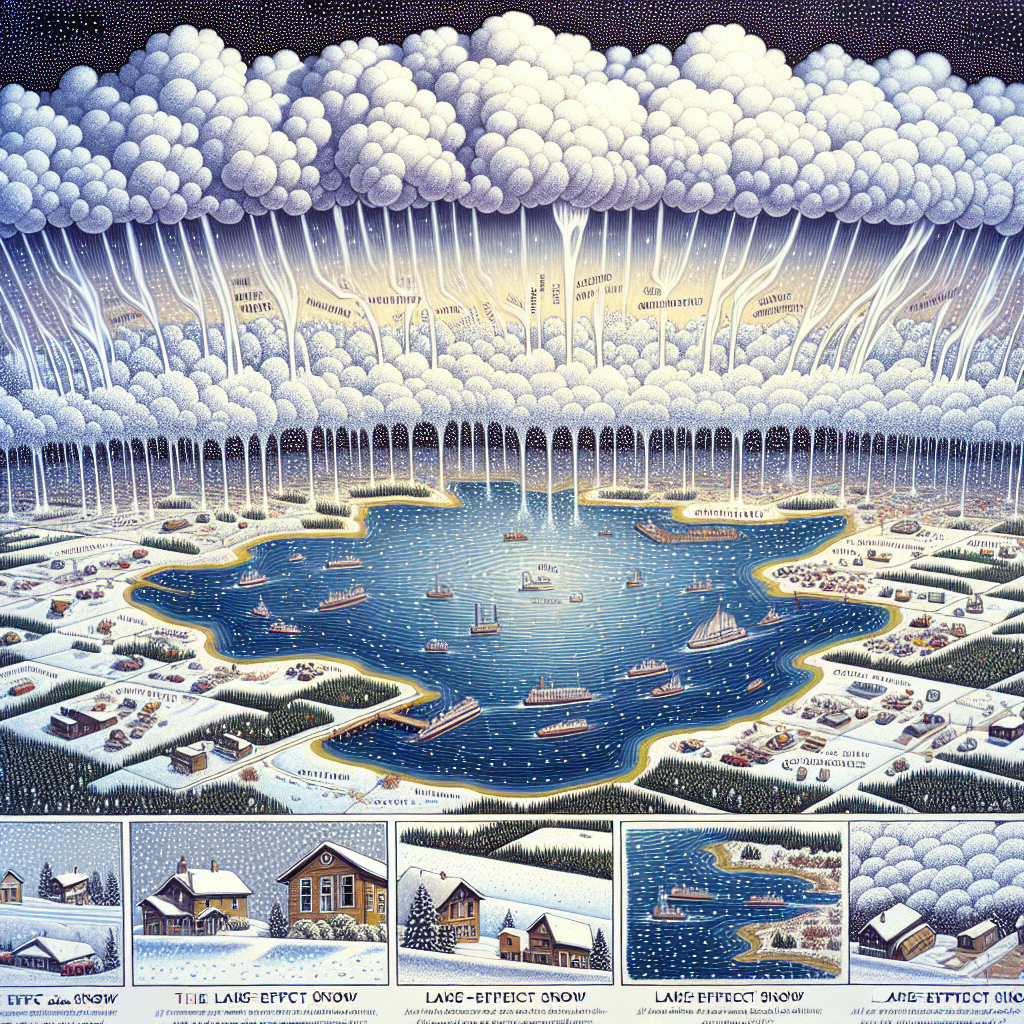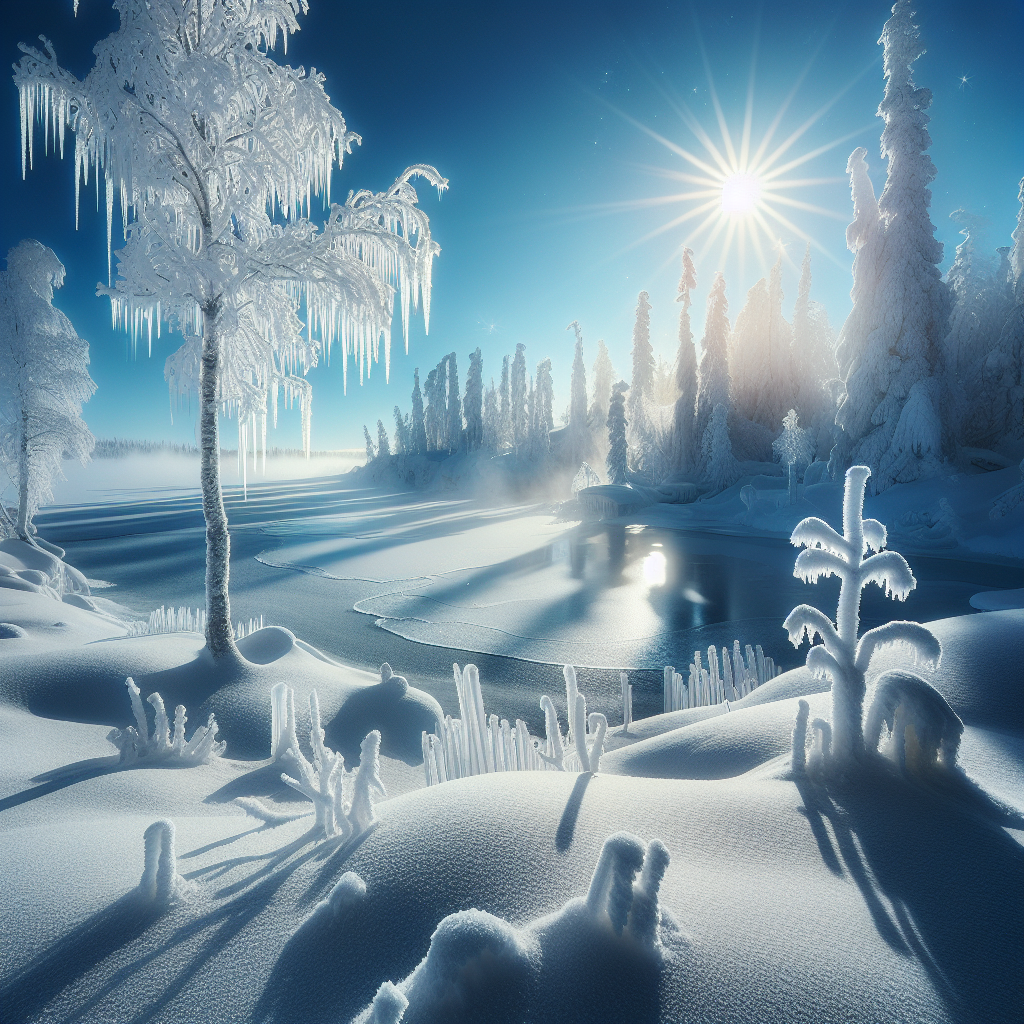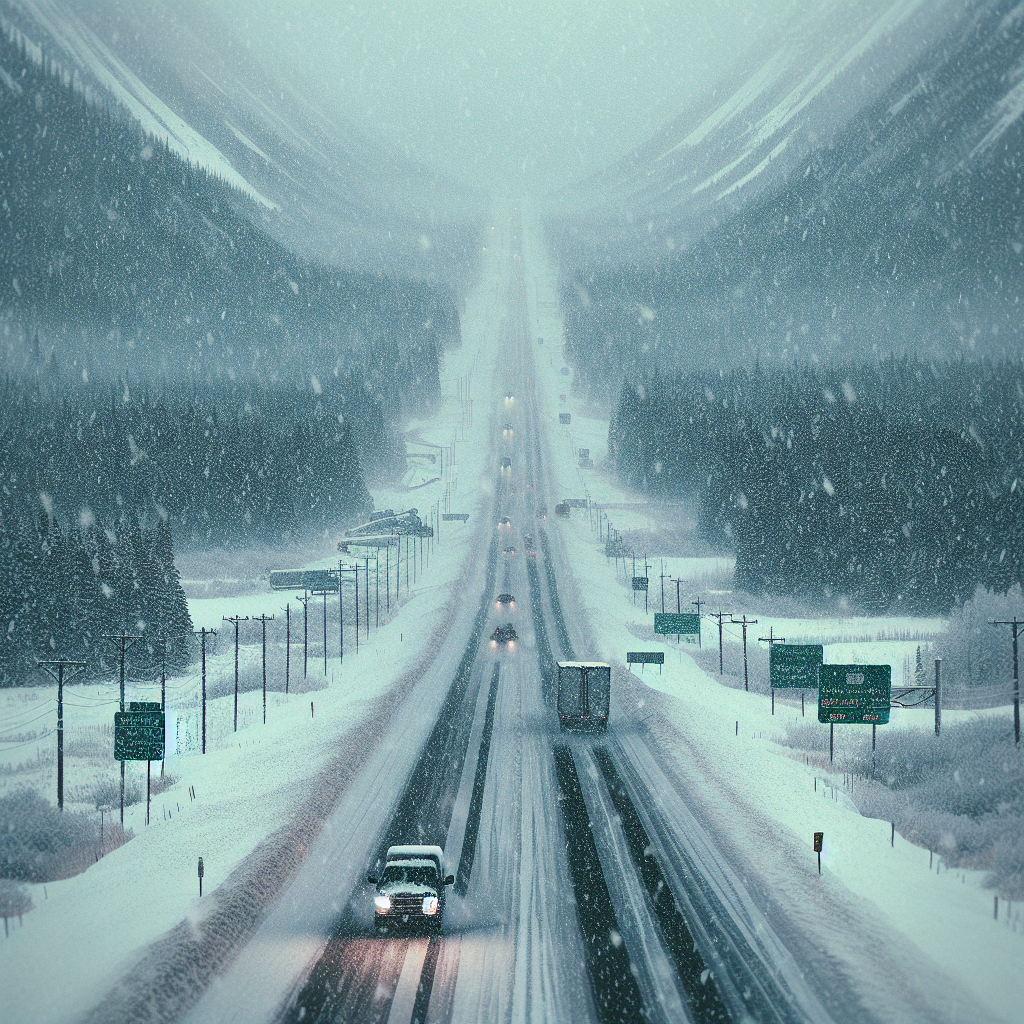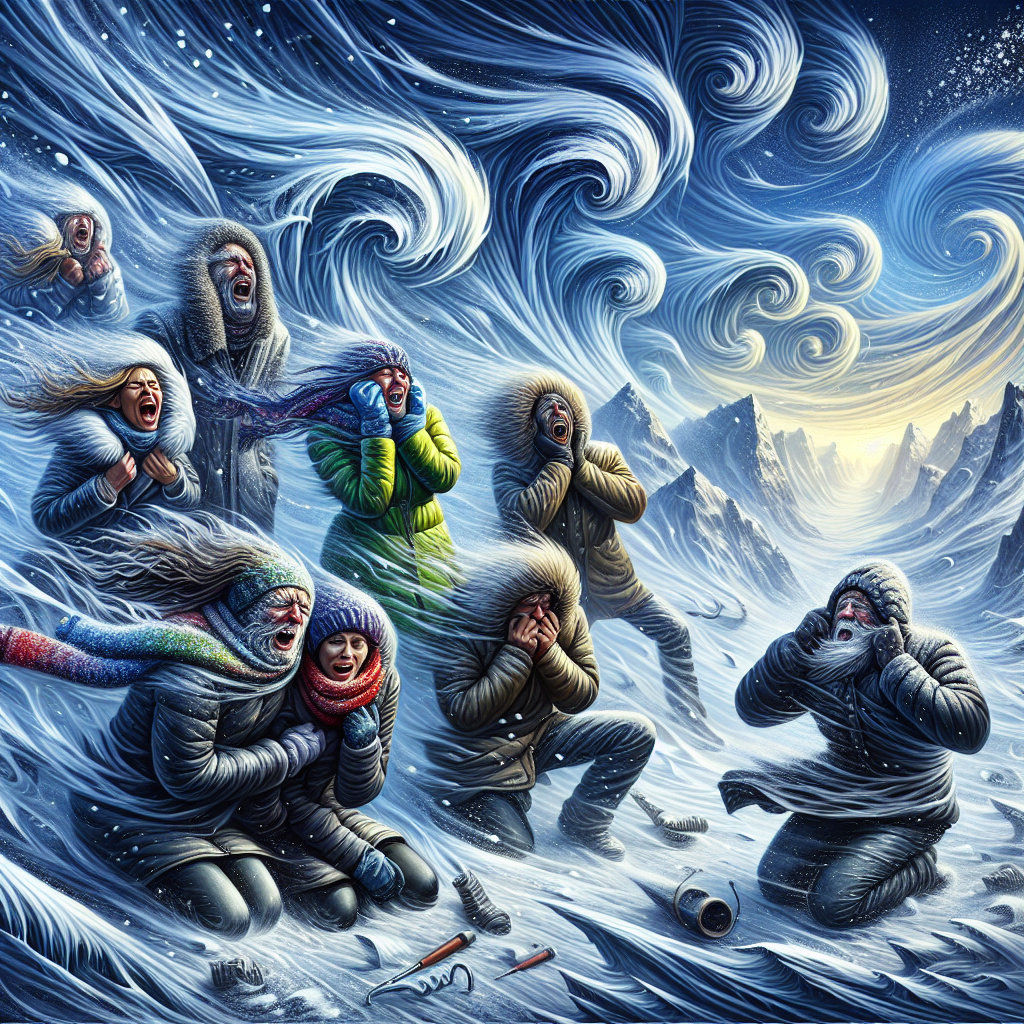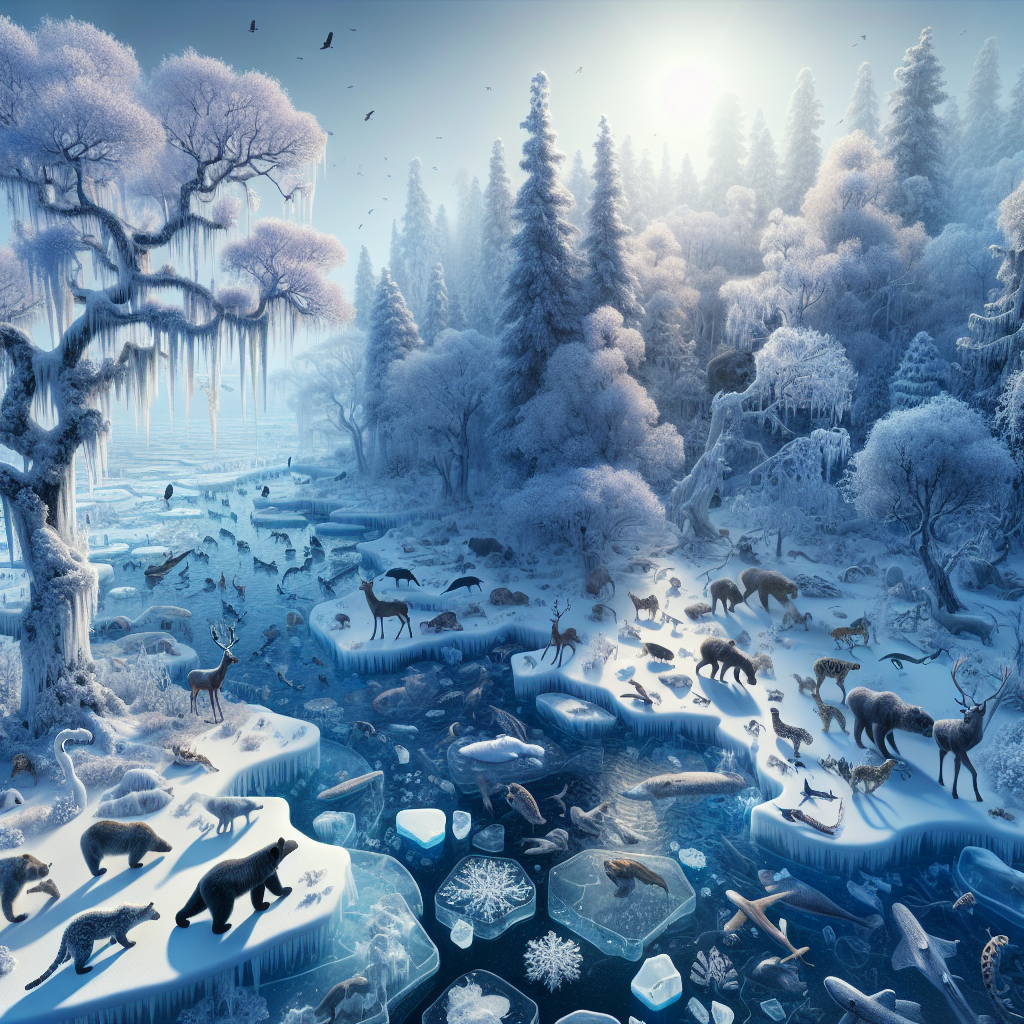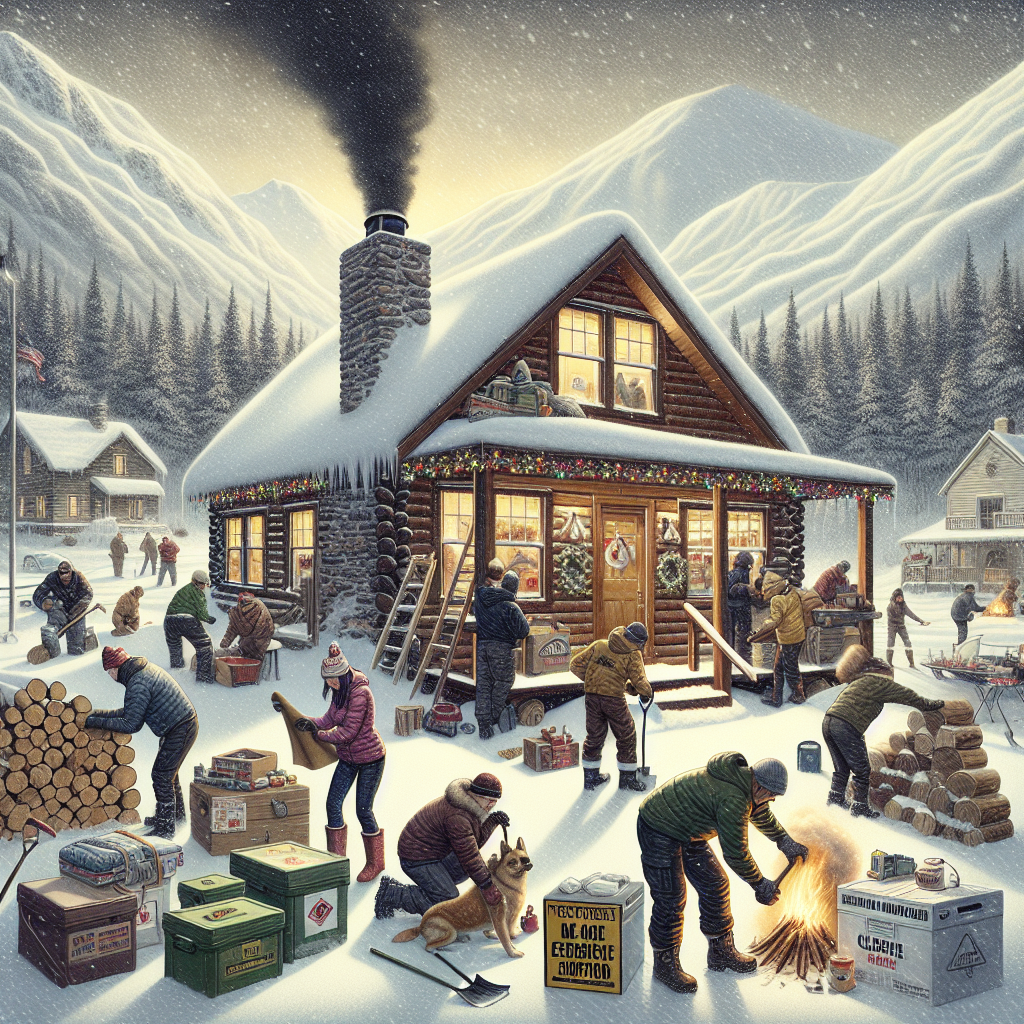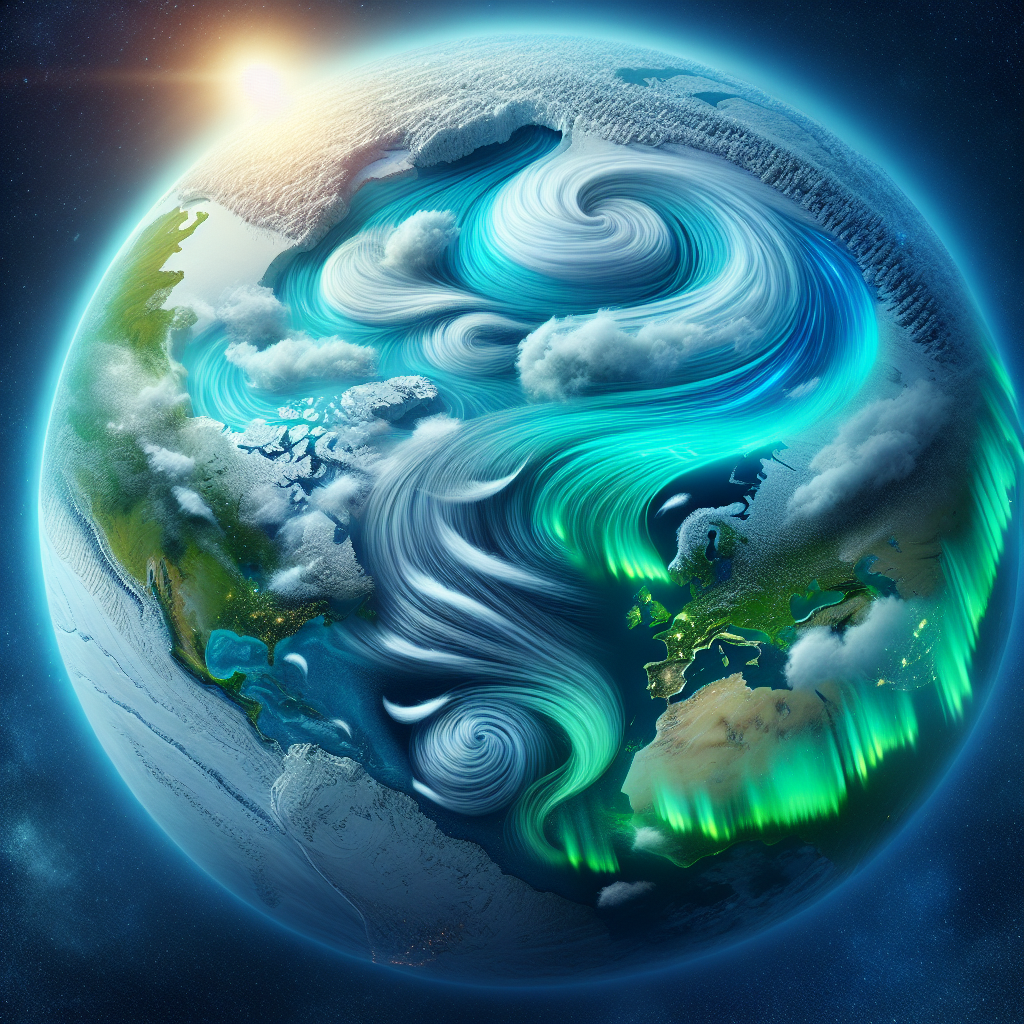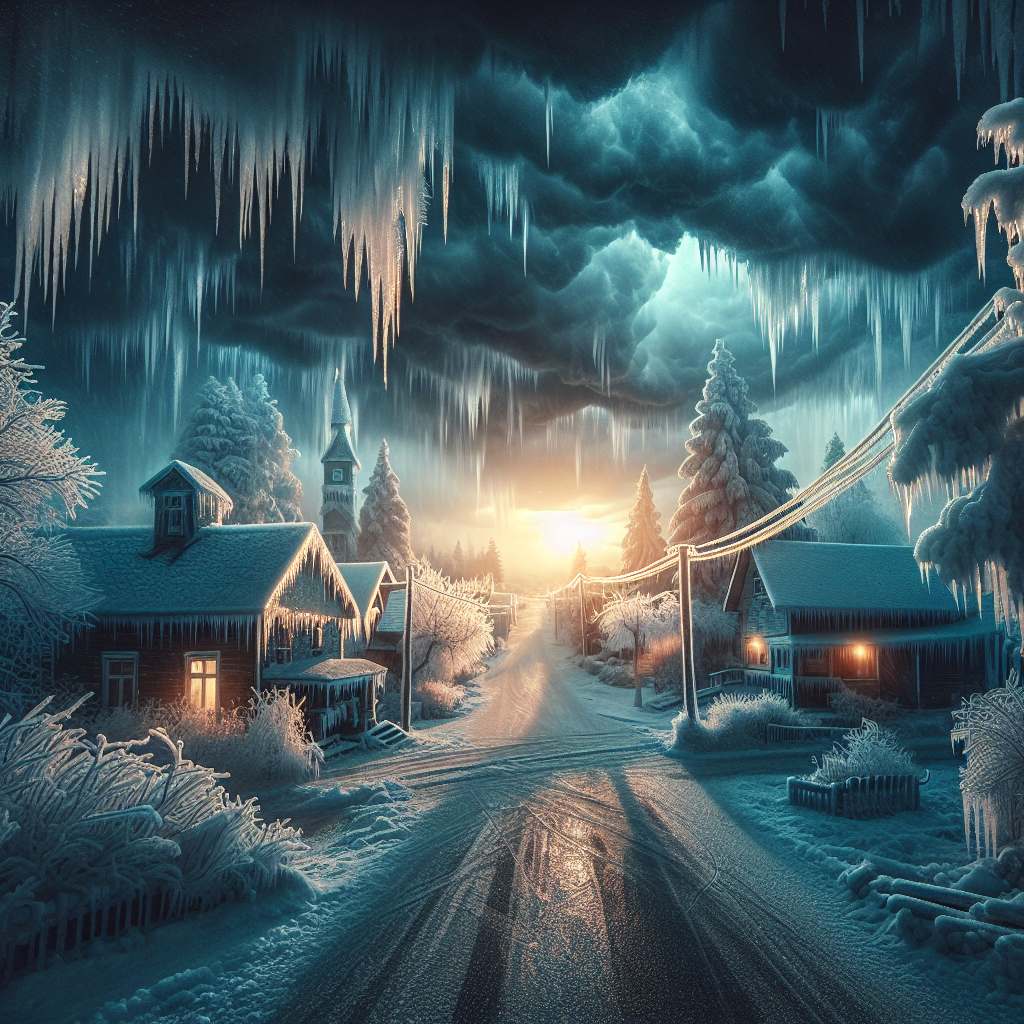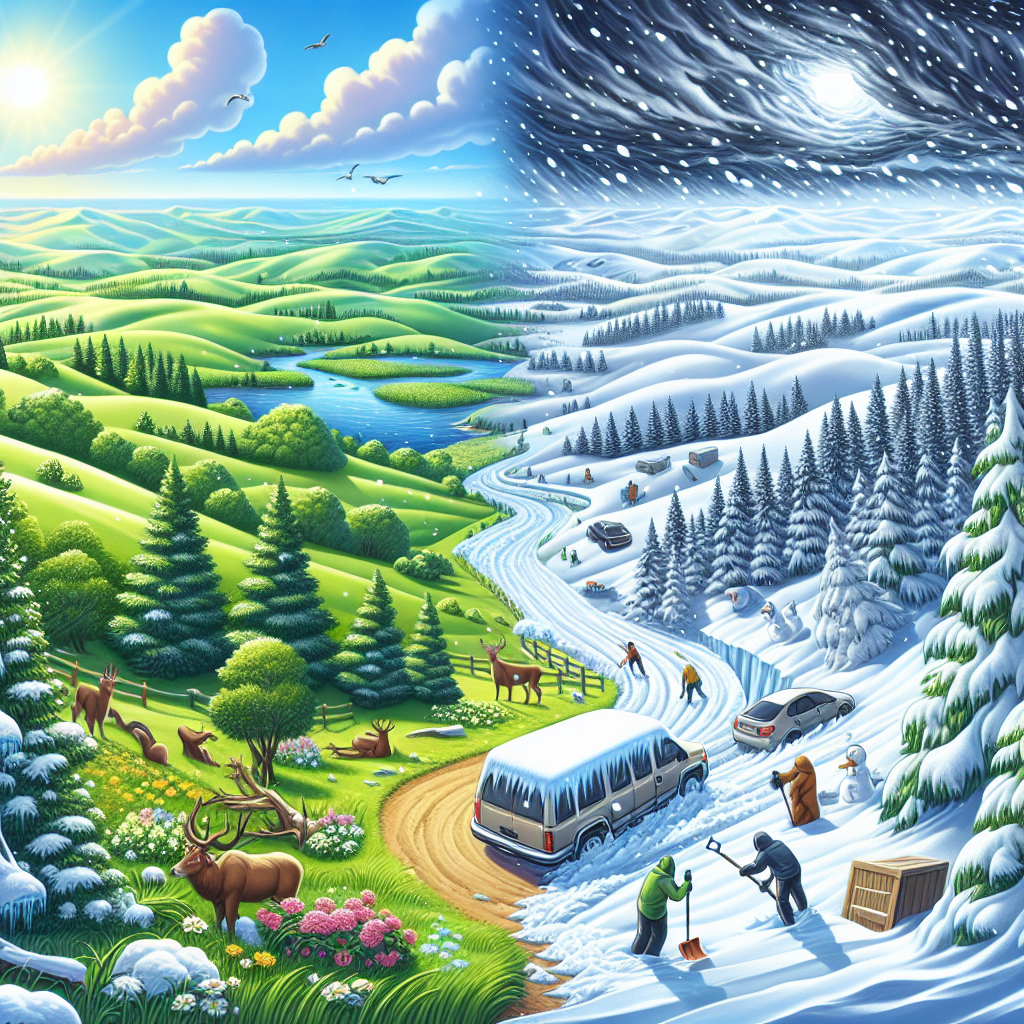Understanding Lake-Effect Snow Lake-effect snow is a meteorological phenomenon that occurs in proximity to large bodies of water, primarily lakes. This unique weather event significantly impacts local climates, especially in regions near the Great Lakes. When cold air moves over the relatively warmer waters of inland lakes, it picks up moisture that later falls as … Read More “The Intricacies of Lake-Effect Snow and Its Effects on Nearby Communities” »
Author: Envirodata Tools Admin
Environmental measurement tools are essential instruments used to monitor and assess various aspects of our natural surroundings. These tools help scientists, researchers, and everyday users gather data on air quality, temperature, humidity, radiation, electromagnetic fields (EMF), and more. From digital thermometers and barometers to advanced EMF detectors and particulate matter sensors, each device plays a critical role in detecting changes, identifying pollutants, and ensuring safety. Whether you're studying climate patterns, investigating paranormal activity, or simply ensuring your living space is healthy, these tools provide accurate, real-time information that empowers informed decisions and deeper environmental awareness.The Aesthetic Appeal of Winter Sunshine: Clear Days in Frigid Temperatures The Beauty of Contrast Winter sunshine presents a unique aesthetic, characterized by a striking contrast between the chill of frigid temperatures and the warmth of sunlight. On clear days, when the sun shines bright in a pristine blue sky, the landscape transforms into a … Read More “The Aesthetic Appeal of Winter Sunshine: Clear Days in Frigid Temperatures” »
Understanding Sleet and Its Impact on Winter Travel What is Sleet? Sleet is a form of precipitation that consists of small, translucent ice pellets. Unlike snow, which forms as ice crystals in the atmosphere, sleet occurs when raindrops freeze before hitting the ground. This typically happens when there is a layer of warm air in … Read More “Understanding Sleet and Its Impact on Winter Travel” »
Understanding Wind Chill Wind chill is a crucial factor affecting how we perceive temperature, particularly in colder climates. It refers to the enhanced cooling effect of wind on exposed skin, making temperatures feel colder than they actually are. The wind chill factor takes into account the actual air temperature combined with wind speed, leading to … Read More “The Effects of Wind Chill on Human Comfort” »
The Ecological Impact of Winter Weather Patterns Changes in Snowfall and Ice Cover Winter weather patterns are increasingly variable, with shifts in snowfall amounts and the duration of ice cover on lakes and rivers. This variability has significant ecological consequences. Reduced snowfall can lead to shorter snow cover durations, impacting water resources and altering the … Read More “The Ecological Impact of Winter Weather Patterns” »
Understanding Severe Winter Weather Events Severe winter weather can take many forms, including blizzards, ice storms, and extreme cold spells. Understanding the different types of winter weather events can help you prepare better. Blizzards are characterized by strong winds, heavy snowfall, and significantly reduced visibility. Ice storms may coat streets and power lines with ice, … Read More “How to Prepare for Severe Winter Weather Events” »
Understanding Arctic Air Masses Arctic air masses are cold and dense bodies of air originating in the polar regions. These air masses play a pivotal role in shaping winter climate patterns, influencing temperature, precipitation, and overall weather conditions in various parts of the world, particularly the Northern Hemisphere. Their characteristics and behaviors are essential for … Read More “The Role of Arctic Air Masses in Winter Climate” »
Understanding Ice Storms: Nature’s Silent Threat What is an Ice Storm? An ice storm occurs when freezing rain falls and freezes on contact with surfaces, creating significant accumulations of ice. This phenomenon typically happens when warm air overrides cold air at the surface, causing precipitation to fall as rain that freezes upon hitting the ground, … Read More “Ice Storms: The Hidden Dangers of Winter Weather” »
The Science Behind Winter Flurries Winter is a season that paints the world in a serene white coat of snow. The phenomenon of winter flurries and light snow holds a unique charm, captivating the hearts of many while also invoking a sense of curiosity about its formation and impact. Understanding the science behind these gentle … Read More “The Magic of Winter: Understanding Flurries and Light Snow” »
Understanding the Dynamics of Blizzards Blizzards are severe winter storms characterized by heavy snowfall and strong winds, typically exceeding 35 miles per hour. They transform landscapes dramatically, creating not only picturesque winter scenes but also formidable challenges for communities. These storms arise from specific meteorological conditions, which include a combination of cold air, moisture, and … Read More “How Blizzards Transform Landscapes and Create Challenges” »

